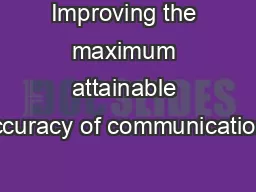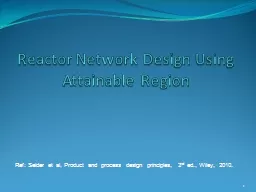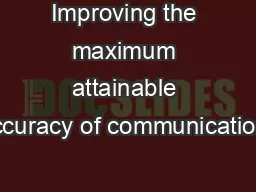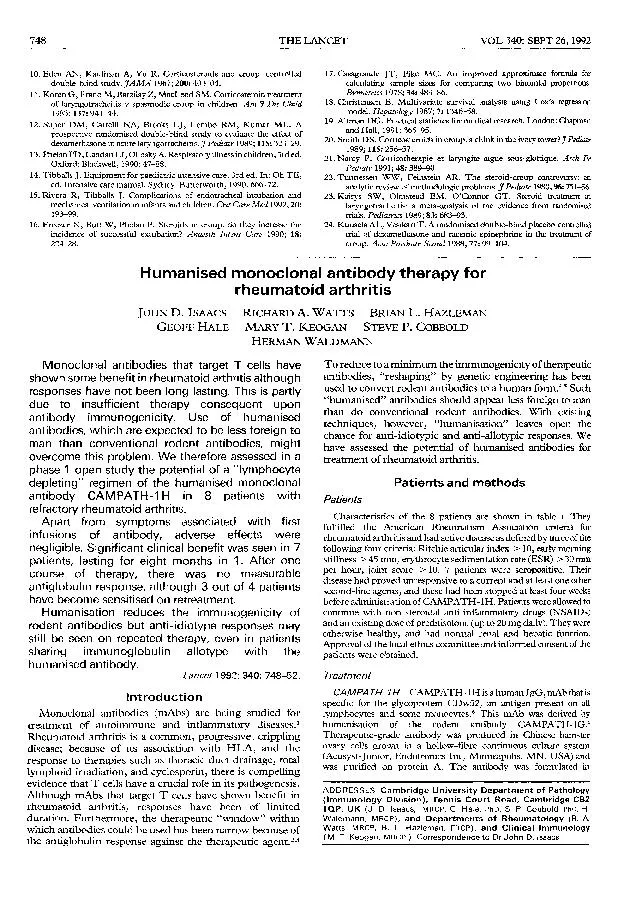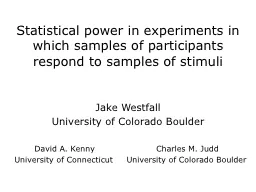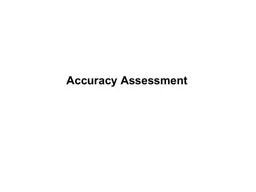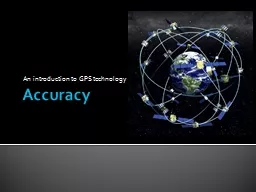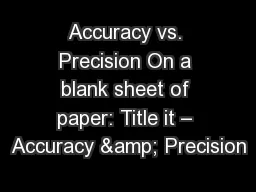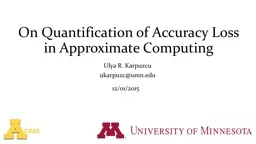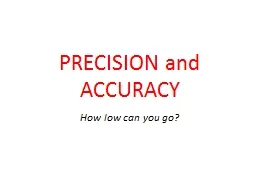PPT-Improving the maximum attainable accuracy of communication-
Author : olivia-moreira | Published Date : 2016-09-10
Krylov s ubspace m ethods Erin Carson and James Demmel Householder Symposium XIX June 813 2014 Spa Belgium 2 Model Problem 2D Poisson on grid Equilibration
Presentation Embed Code
Download Presentation
Download Presentation The PPT/PDF document "Improving the maximum attainable accurac..." is the property of its rightful owner. Permission is granted to download and print the materials on this website for personal, non-commercial use only, and to display it on your personal computer provided you do not modify the materials and that you retain all copyright notices contained in the materials. By downloading content from our website, you accept the terms of this agreement.
Improving the maximum attainable accuracy of communication-: Transcript
Download Rules Of Document
"Improving the maximum attainable accuracy of communication-"The content belongs to its owner. You may download and print it for personal use, without modification, and keep all copyright notices. By downloading, you agree to these terms.
Related Documents

